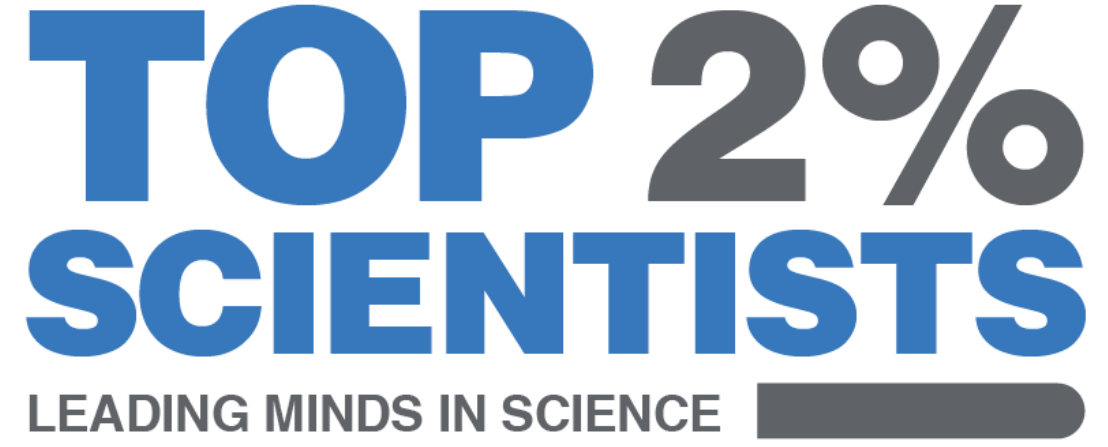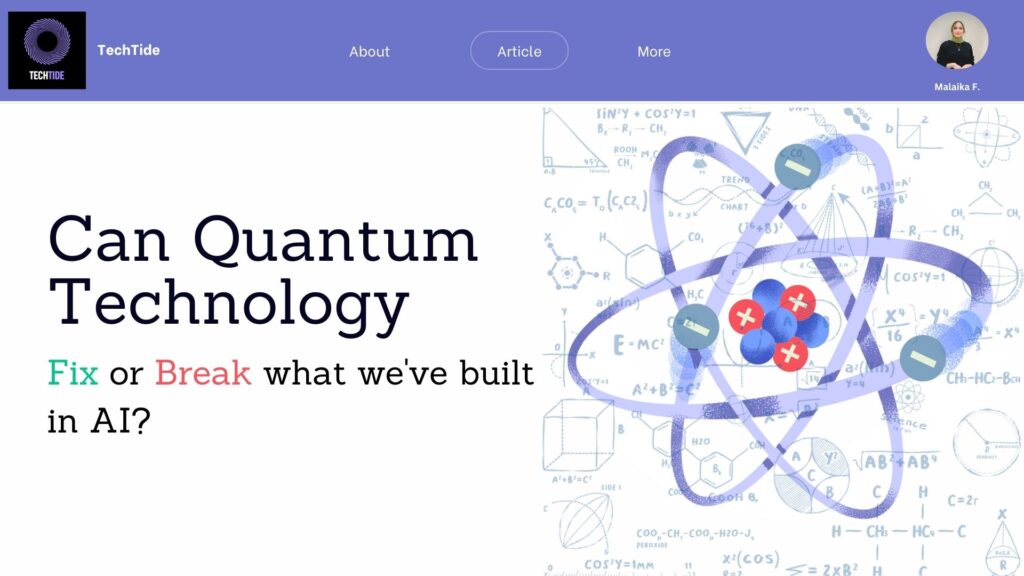For years, artificial intelligence has been climbing steadily while getting faster, smarter, and more deeply embedded in everything from chatbots to self-driving cars. But as powerful as it seems today, AI still hits walls. Complex models take ages to train. Some problems are just too large or too messy for current computers to handle well. That’s where quantum computing comes in. Not quietly, but with the potential to either supercharge AI or unravel its very foundations.
Why Quantum? and why now?
Quantum computing isn’t just about speed. It’s about solving types of problems that traditional computers, no matter how fast, simply can’t crack. Think of a standard computer as reading one book at a time. A quantum computer, in theory, could read every book in a library at once. That’s the kind of leap we’re talking about.
In AI, this opens up the possibility to handle optimization problems, huge neural networks, and probabilistic models in ways that are currently unimaginable. Training large models could go from weeks to minutes. Systems could analyze massive datasets and make predictions with a new level of accuracy. In short, what feels like a ceiling today could become a floor tomorrow.
Demystifying Quantum + AI and the power of Qubits
So what happens when we bring quantum and AI together?
At the heart of quantum computing is something called a qubit. Unlike regular computer bits that are either a 0 or a 1, qubits can be both at once, thanks to a phenomenon called superposition. This means quantum machines can juggle huge volumes of possibilities at the same time, rather than one after another like classical systems.
Now, imagine combining that with AI’s ability to detect patterns, make decisions, and learn from data. You get systems that could crunch massive datasets, simulate incredibly complex scenarios, and find answers in situations that would overwhelm even our best machines today.
The even more surprising part? Access to this kind of power is no longer limited to secretive labs. Companies like IBM, Google, Amazon, and Microsoft are already offering cloud-based quantum computing platforms. You don’t need to own a quantum computer to start working with one, you just need an internet connection. That kind of accessibility could change the game, opening doors for smaller research teams, startups, and students to explore what’s possible.
What quantum computing could help AI do better?
Quantum computers can handle problems that are just too big or complicated for today’s machines. When paired with AI, that power could be put to good use in several areas:
- Medicine, where researchers need to test how different molecules might interact to create new drugs
- Supply chains, where companies try to figure out the best way to move goods across the world
- Language tools, where understanding human conversation still requires a lot of context and nuance
Even the way AI models are trained could change. Right now, they need massive amounts of data and energy. Quantum methods could make learning faster, more focused, and less resource-hungry.
Where could things go wrong?
But this technology isn’t just exciting, it’s way too risky.
Quantum computers could break the encryption that protects sensitive data. That includes things like medical records, bank accounts, or even private chats. If that happens, we’ll have to rethink how we keep information safe.
Also, most AI systems today are built to run on regular computers. If quantum machines become the new standard, it won’t be a simple upgrade. It might mean rebuilding software, retraining models, and rethinking how systems work from the ground up.
Well, can we afford to lose this race?
There’s also a bigger question: who gets there first? the country, company, or research lab that builds a stable, scalable quantum computer might also control the next generation of AI. That’s a lot of power, and it raises real concerns about ethics, accessibility, and global equity.
We’ve seen what happens when tech outpaces regulation. With quantum computing in the mix, those gaps could widen fast. And unlike past shifts, this one won’t just affect the tech sector as it could ripple across medicine, finance, defense, and beyond.
So… Break or Save?
In the end, it’s not really a matter of whether quantum computing will break or save AI. It might do both. It could challenge everything we’ve built so far, forcing us to rethink systems from the ground up. But it could also unlock a version of AI that’s more powerful, more efficient, and more useful than we’ve ever imagined.
It’s a powerful tool, but it’s still early days. Whether it helps or hurts will depend on how we choose to use it.
Definitions
Quantum Computing is a new kind of computing that uses the principles of quantum physics. Instead of regular bits (which are either 0 or 1), quantum computers use qubits, which can be 0, 1, or both at the same time. This allows them to solve certain types of problems much faster than traditional computers.
Qubit is the basic unit of quantum information. Unlike a normal bit, a qubit can exist in multiple states at once. This weird-sounding behavior (called superposition) is what gives quantum computers their power.
Superposition is a property in quantum physics where particles can exist in more than one state at the same time. In computing, it allows qubits to process a huge number of possibilities at once.
Quantum AI is a developing field that combines quantum computing with artificial intelligence. The goal is to make AI faster, smarter, and better at handling complex tasks by using quantum systems instead of classical ones.
Encryption is a method used to protect digital information. It turns data into a code that only authorized users can read. Quantum computing could eventually break current encryption systems, which raises major concerns around data privacy and security.
References
IBM Quantum, Google Quantum AI, The Microsoft Azure Quantum
The Forbes article “Quantum Computing Could Save Or Break AI” (my inspiration for this article)
For more articles by me, please explore my newsletter @ TechTide on LinkedIn or here @ Top2PercentScientists




I love the way you explained it so well. I understand it now